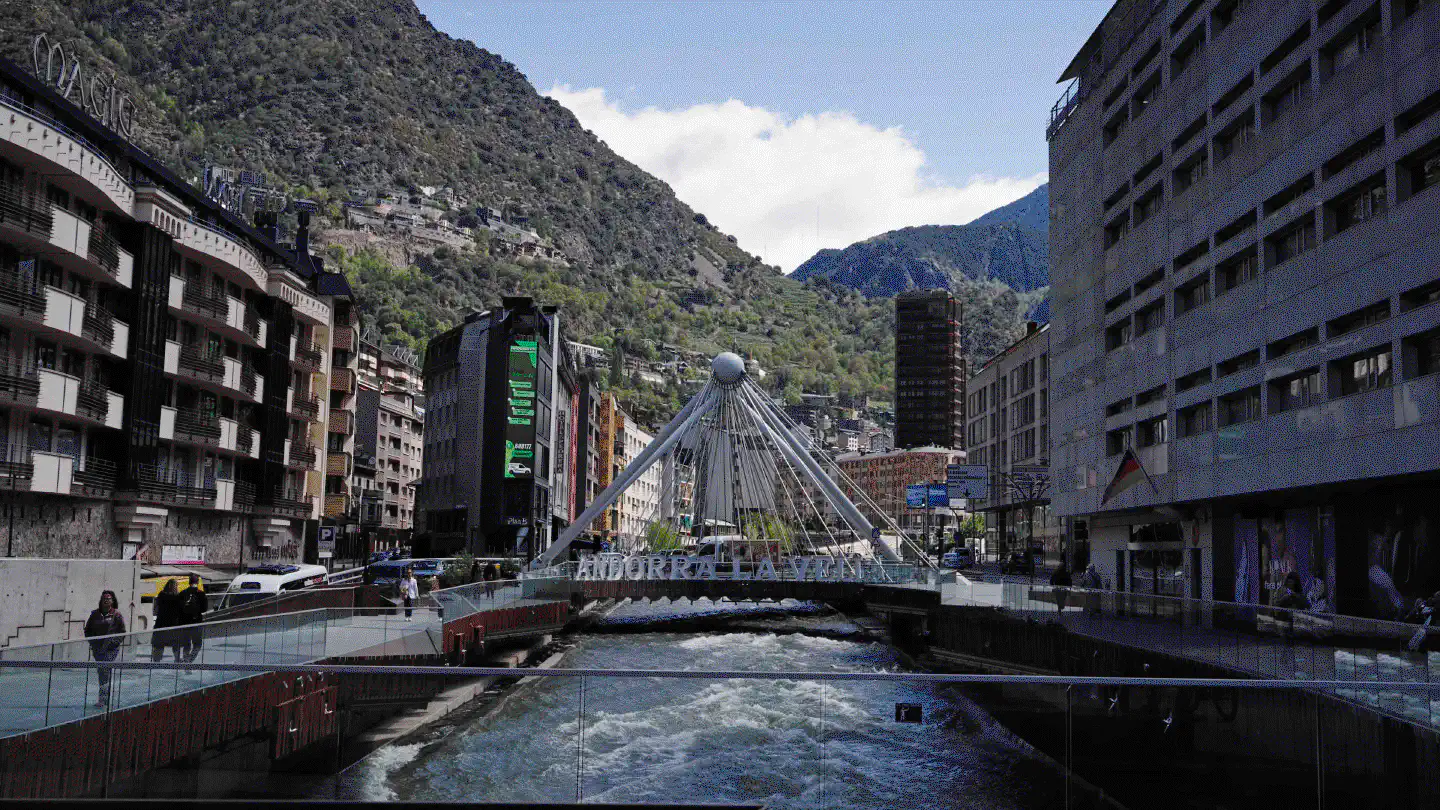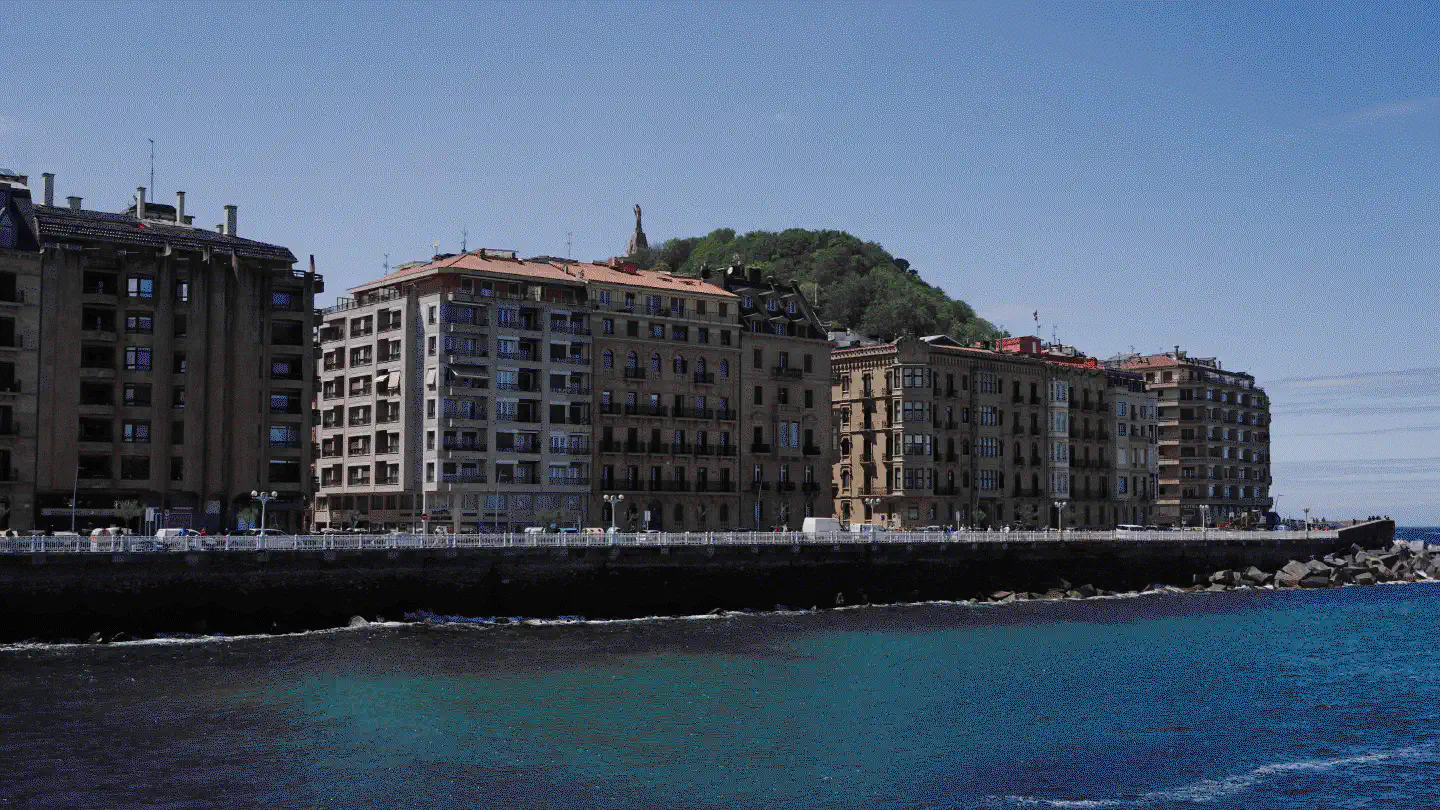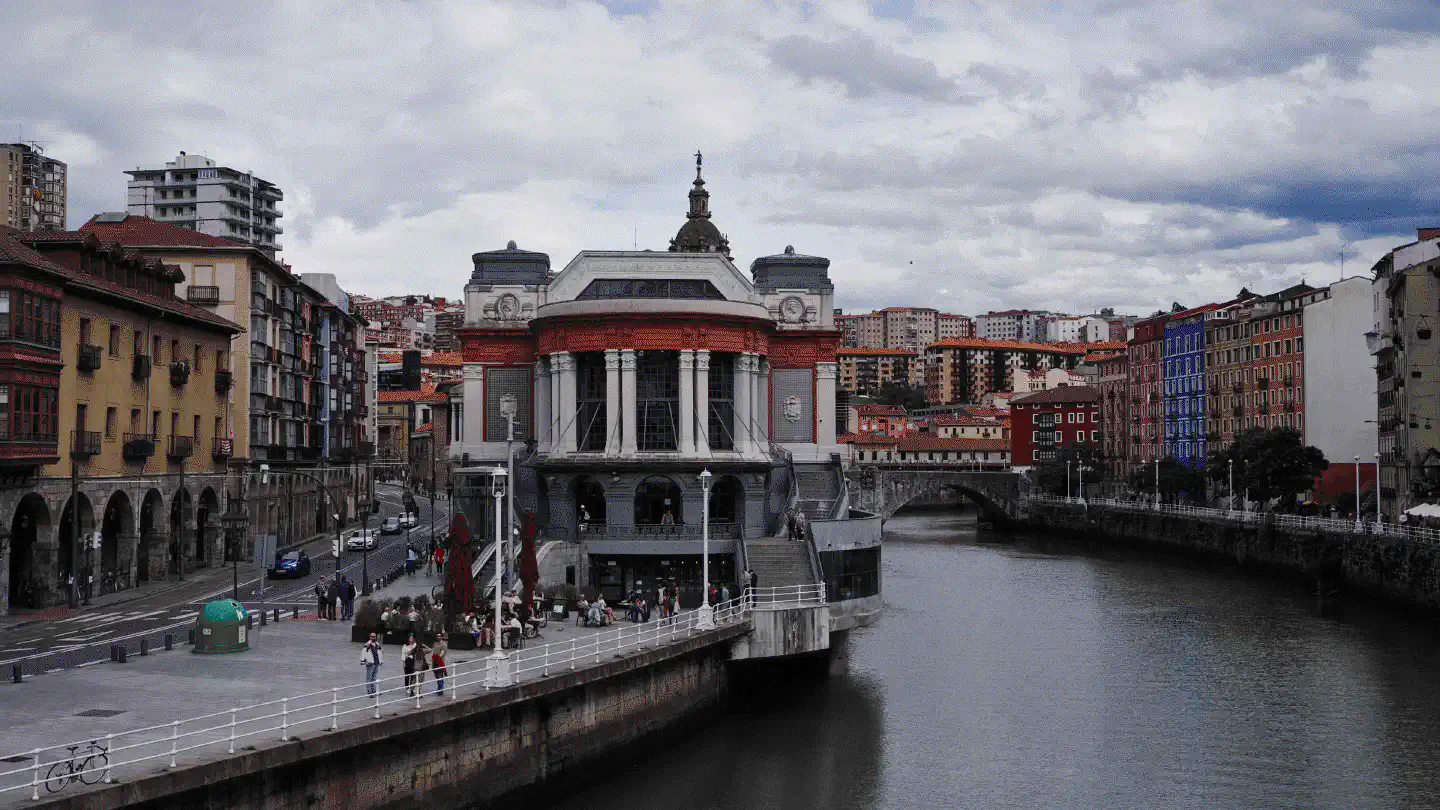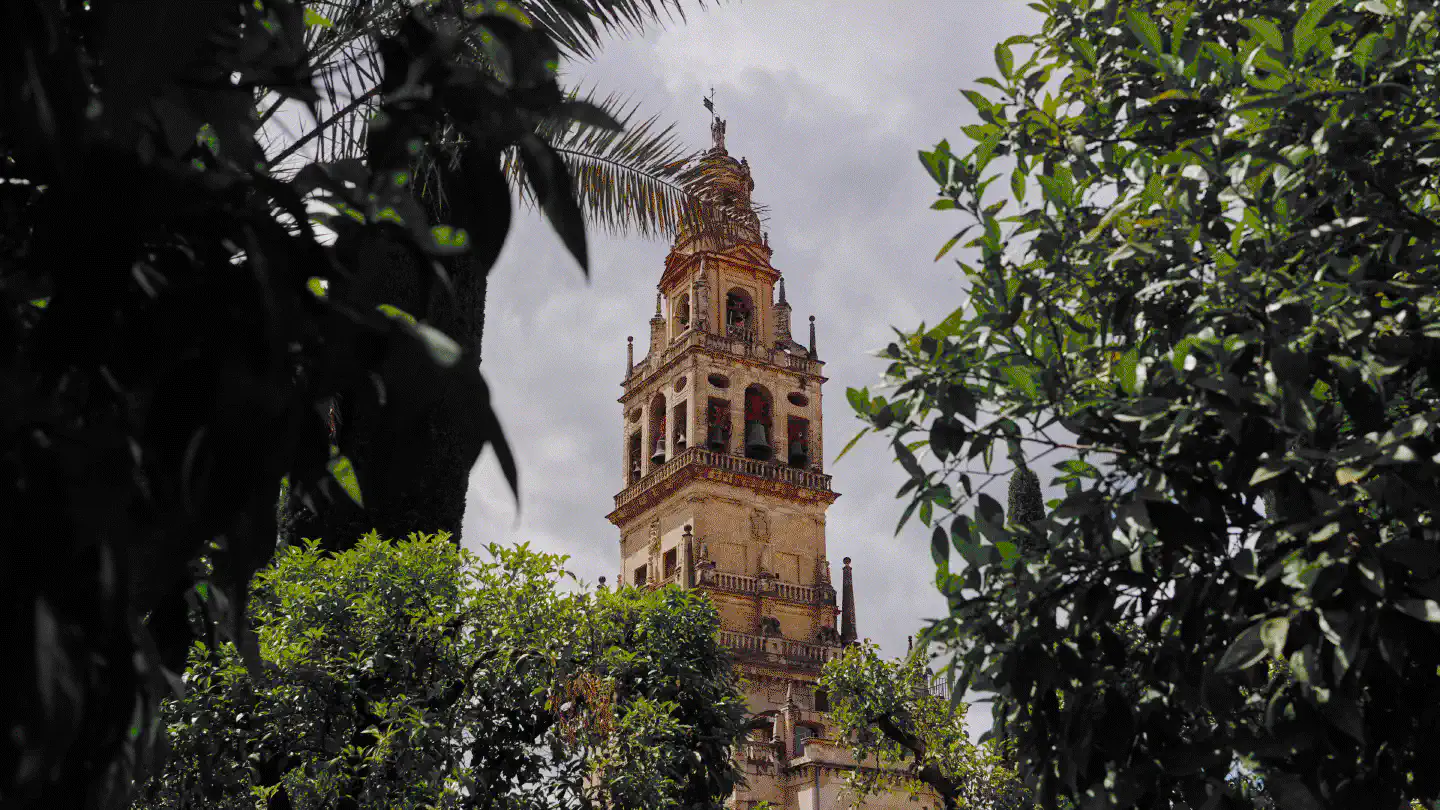- Barcelona, Spain
27 Aug '24
“Barcelona is a city on the northeastern coast of Spain. It is the capital and
largest city of the autonomous community of Catalonia, as well as the
second-most populous municipality of Spain.”
- Andorra
22 Aug '24
“Andorra, officially the Principality of Andorra, is a sovereign landlocked
country on the Iberian Peninsula, in the eastern Pyrenees, bordered by France
to the north and Spain to the south. Believed to have been created by
Charlemagne, Andorra was ruled by the count of Urgell until 988, when it was
transferred to the Roman Catholic Diocese of Urgell. The present principality
was formed by a charter in 1278. It is currently headed by two co-princes: the
bishop of Urgell in Catalonia, Spain and the president of France. Its capital
and largest city is Andorra la Vella.”
- San Sebastián, Spain
16 Aug '24
“San Sebastián, officially known by the bilingual name Donostia / San
Sebastián is a city and municipality located in the Basque Autonomous
Community, Spain. It lies on the coast of the Bay of Biscay, 20 km (12 miles)
from the France–Spain border. The capital city of the province of Gipuzkoa,
the municipality’s population is 188,102 as of 2021, with its metropolitan
area reaching 436,500 in 2010. Locals call themselves donostiarra (singular),
both in Spanish and Basque. It is also a part of Basque Eurocity Bayonne-San
Sebastián.”
- Bilbao, Spain
8 Aug '24
“Bilbao is a city in northern Spain, the largest city in the province of
Biscay and in the Basque Country as a whole. It is also the largest city
proper in northern Spain. Bilbao is the tenth largest city in Spain, with a
population of more than 347,000 as of 2023.”
- Madrid, Spain
1 Aug '24
“The Community of Madrid is one of the seventeen autonomous communities of
Spain. It is located in the centre of the Iberian Peninsula, and of the
Central Plateau (Meseta Central). Its capital and largest municipality is the
City of Madrid, which is also the capital of the country.”
- Córdoba, Spain
25 Jul '24
“Córdoba, is a city in Andalusia, Spain, and the capital of the province of
Córdoba. It is the third most populated municipality in Andalusia.”
 “Barcelona is a city on the northeastern coast of Spain. It is the capital and largest city of the autonomous community of Catalonia, as well as the second-most populous municipality of Spain.”
“Barcelona is a city on the northeastern coast of Spain. It is the capital and largest city of the autonomous community of Catalonia, as well as the second-most populous municipality of Spain.” “Andorra, officially the Principality of Andorra, is a sovereign landlocked country on the Iberian Peninsula, in the eastern Pyrenees, bordered by France to the north and Spain to the south. Believed to have been created by Charlemagne, Andorra was ruled by the count of Urgell until 988, when it was transferred to the Roman Catholic Diocese of Urgell. The present principality was formed by a charter in 1278. It is currently headed by two co-princes: the bishop of Urgell in Catalonia, Spain and the president of France. Its capital and largest city is Andorra la Vella.”
“Andorra, officially the Principality of Andorra, is a sovereign landlocked country on the Iberian Peninsula, in the eastern Pyrenees, bordered by France to the north and Spain to the south. Believed to have been created by Charlemagne, Andorra was ruled by the count of Urgell until 988, when it was transferred to the Roman Catholic Diocese of Urgell. The present principality was formed by a charter in 1278. It is currently headed by two co-princes: the bishop of Urgell in Catalonia, Spain and the president of France. Its capital and largest city is Andorra la Vella.” “San Sebastián, officially known by the bilingual name Donostia / San Sebastián is a city and municipality located in the Basque Autonomous Community, Spain. It lies on the coast of the Bay of Biscay, 20 km (12 miles) from the France–Spain border. The capital city of the province of Gipuzkoa, the municipality’s population is 188,102 as of 2021, with its metropolitan area reaching 436,500 in 2010. Locals call themselves donostiarra (singular), both in Spanish and Basque. It is also a part of Basque Eurocity Bayonne-San Sebastián.”
“San Sebastián, officially known by the bilingual name Donostia / San Sebastián is a city and municipality located in the Basque Autonomous Community, Spain. It lies on the coast of the Bay of Biscay, 20 km (12 miles) from the France–Spain border. The capital city of the province of Gipuzkoa, the municipality’s population is 188,102 as of 2021, with its metropolitan area reaching 436,500 in 2010. Locals call themselves donostiarra (singular), both in Spanish and Basque. It is also a part of Basque Eurocity Bayonne-San Sebastián.” “Bilbao is a city in northern Spain, the largest city in the province of Biscay and in the Basque Country as a whole. It is also the largest city proper in northern Spain. Bilbao is the tenth largest city in Spain, with a population of more than 347,000 as of 2023.”
“Bilbao is a city in northern Spain, the largest city in the province of Biscay and in the Basque Country as a whole. It is also the largest city proper in northern Spain. Bilbao is the tenth largest city in Spain, with a population of more than 347,000 as of 2023.” “The Community of Madrid is one of the seventeen autonomous communities of Spain. It is located in the centre of the Iberian Peninsula, and of the Central Plateau (Meseta Central). Its capital and largest municipality is the City of Madrid, which is also the capital of the country.”
“The Community of Madrid is one of the seventeen autonomous communities of Spain. It is located in the centre of the Iberian Peninsula, and of the Central Plateau (Meseta Central). Its capital and largest municipality is the City of Madrid, which is also the capital of the country.” “Córdoba, is a city in Andalusia, Spain, and the capital of the province of Córdoba. It is the third most populated municipality in Andalusia.”
“Córdoba, is a city in Andalusia, Spain, and the capital of the province of Córdoba. It is the third most populated municipality in Andalusia.”